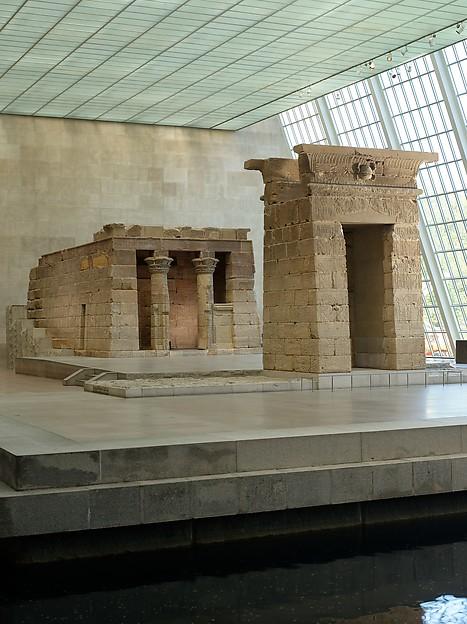At the turn of the 17th century, the great composer Claudio Monteverdi was stuck in Mantua, Italy, writing for the court of the duke and possibly feeling bored. He began composing a set of sacred works, and, after they were published, made a secret trip to meet with the pope, likely to vie for the position of maestro di cappella in Rome.
The meeting never happened, but his work “Vespro della Beata Vergine (Vespers for the Blessed Virgin),” now known as the “Vespers of 1610,” showcased the full range of Monteverdi’s skills and all of his inventive styles.
“He wrote this as his calling card,” said early music conductor Harry Christophers, who has recorded over 120 titles and won awards including the coveted Gramophone Award for early music. “The Vespers, to me, is one of the finest pieces of sacred compositions, alongside the ‘St. Matthew Passion’ or ‘Messiah.’”
“To me, it gives us everything about Monteverdi,” said Christophers, who sees his role as one of resurrecting great works. The Vespers shows Monteverdi as the pioneer of opera, as the composer who bridged the Renaissance and baroque styles, and as an expert in sacred music through the various ways he set the text. “It is grandeur, intimacy, incredible virtuosity. It’s moments of great praise, [and] moments of incredible prayer.”







